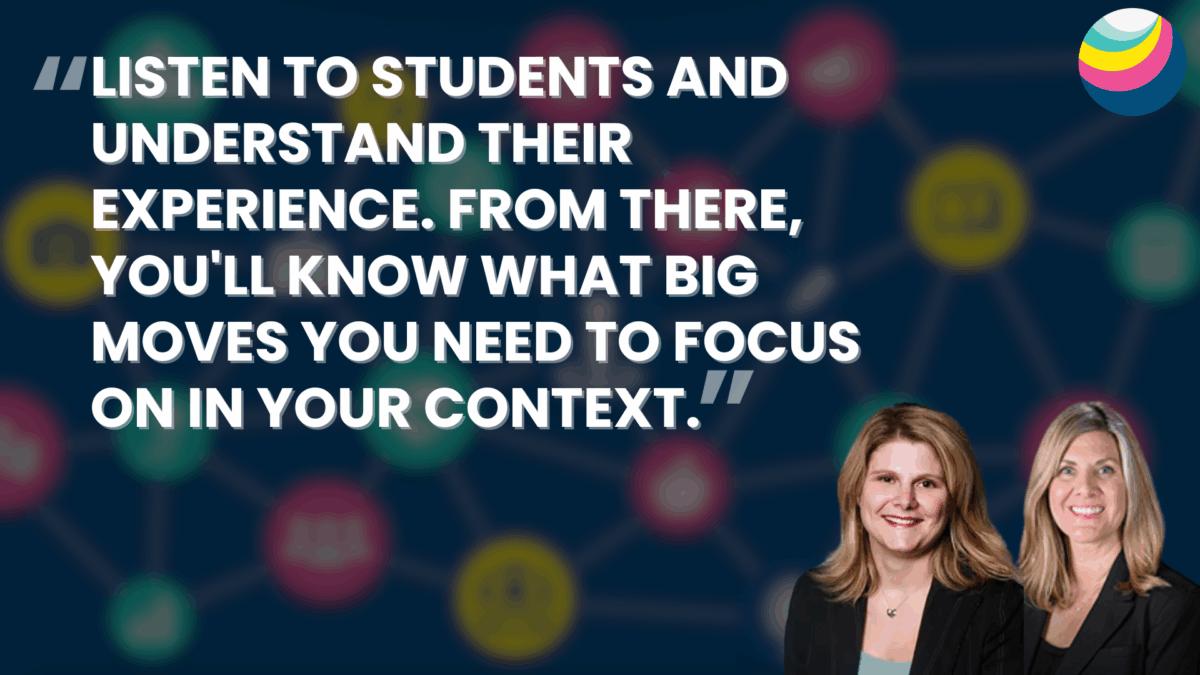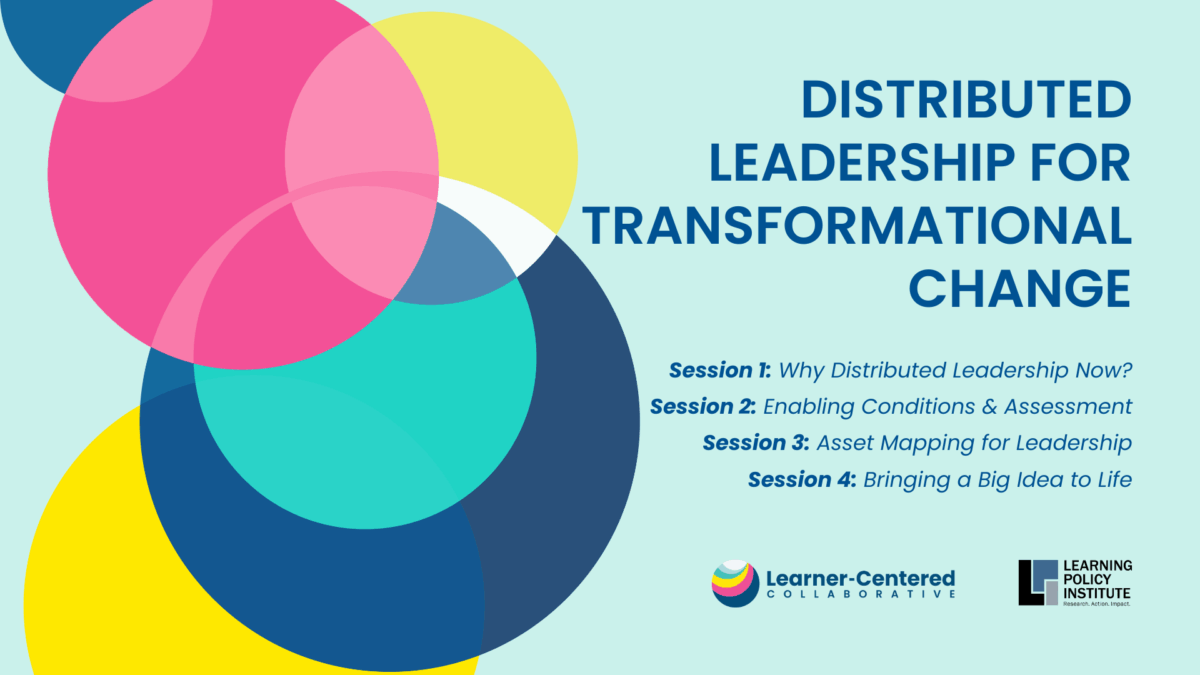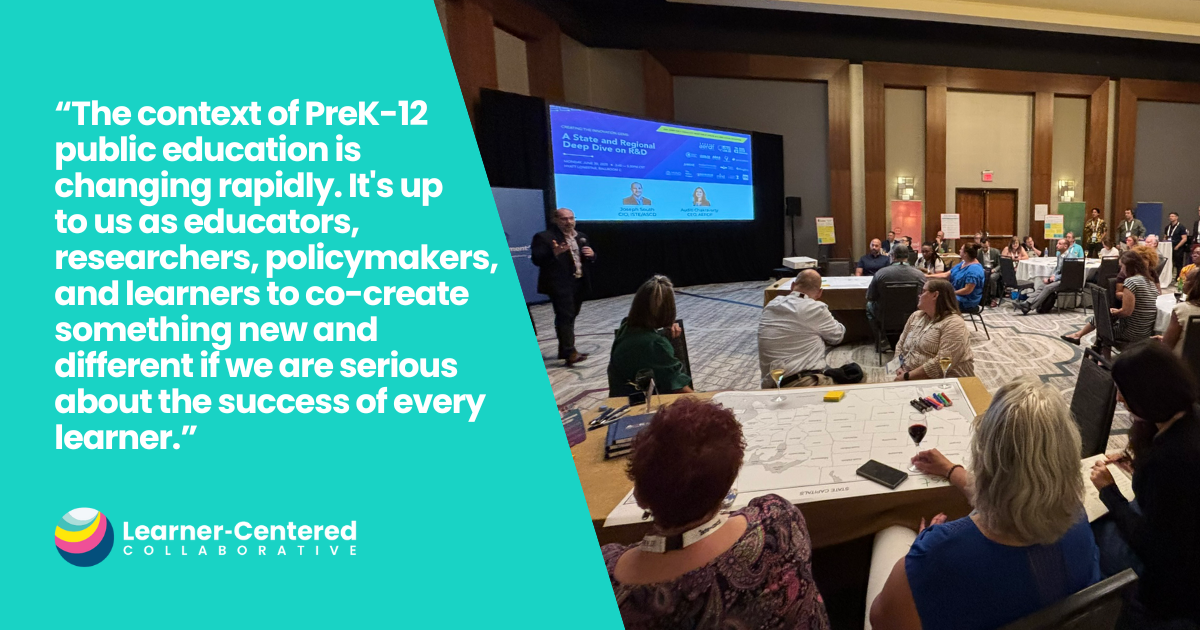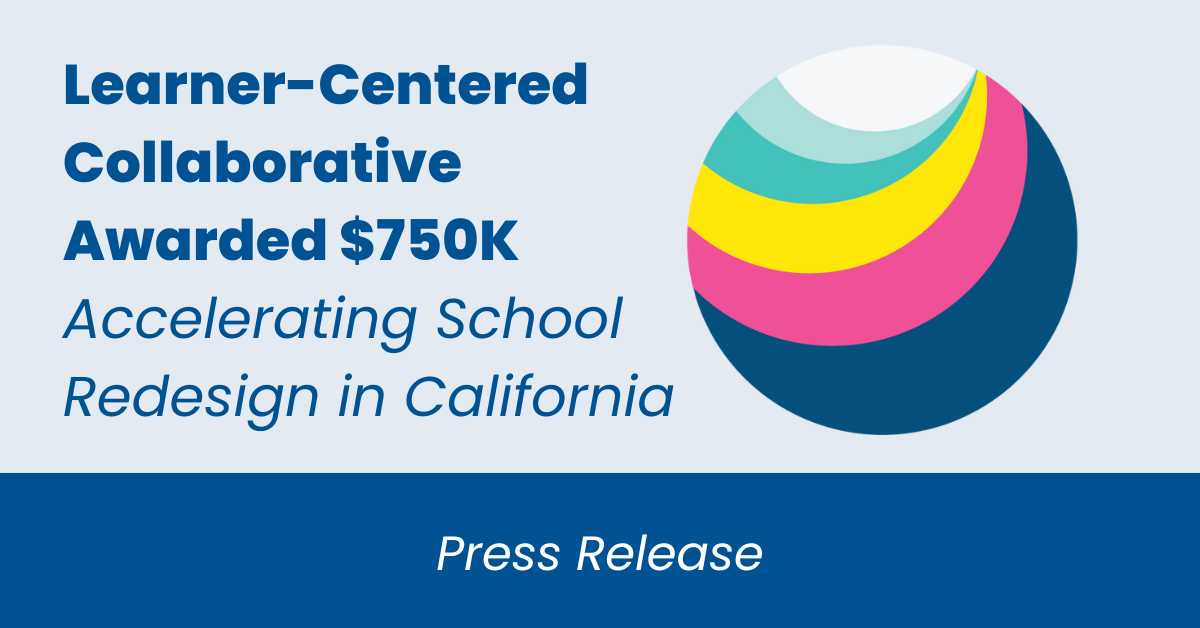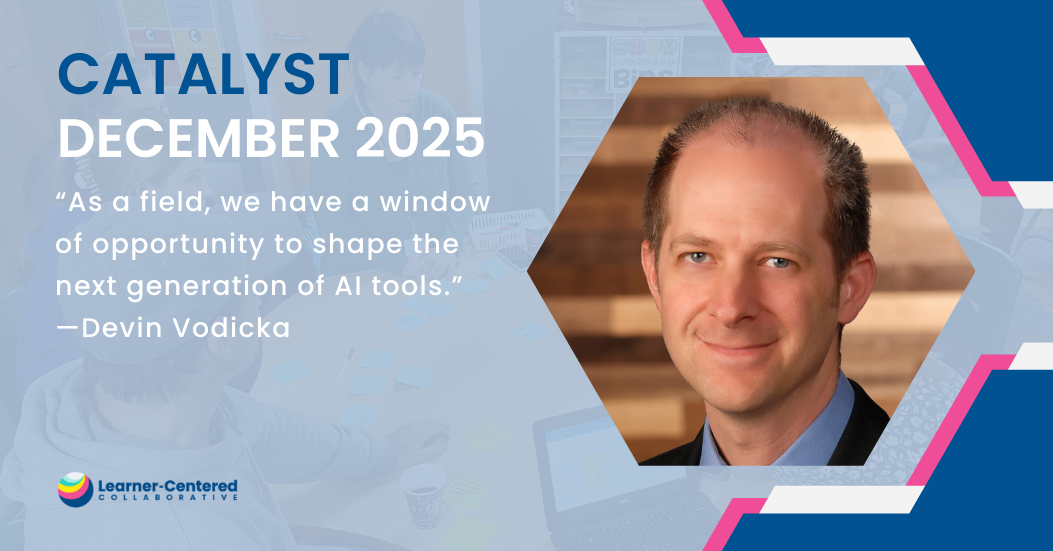Episode 42: Effective Techniques to be a Learner-Centered Leader
By loading this video, you agree to the privacy policy of Youtube.
Episode Summary:
Four members of the Learner-Centered Collaborative team came together in February 2025 to talk shop about what it takes to be a learner-centered leader during one of our monthly webinars. With over 75 years of combined experience in school and district leadership roles, this group discussed the core techniques that enabled learner-centered transformation in their communities.
Each panelist draws from their own leadership experience to highlight how leaders can establish clear visions, build shared ownership, and create the enabling conditions for systems to thrive. Rather than following a one-size-fits-all model, they emphasize the importance of community-rooted identities and co-created frameworks that prioritize whole-learner outcomes. From building capacity in staff to empowering students and families as co-designers, the conversation touches on strategies that allow districts to move from isolated initiatives to coherent, sustainable transformation.
Key topics explored include:
- 🧭 Crafting and communicating a “North Star” vision rooted in community values
- 🧑🏫 Empowering teachers through distributed leadership and collaborative design teams
- 🏫 Structuring advisory periods to foster authentic student-adult relationships
- 🤝 Building reciprocal partnerships with local organizations to expand learning beyond school walls
- 📊 Developing innovative ways to measure what matters—like well-being and student agency—alongside traditional achievement
- 🌱 Creating space for capacity-building and professional growth at every level, from teachers to district leaders
Related Resources:
- Blog: Leadership Coaching: A Mechanism for Supporting Organizational Culture and Enabling Conditions
Let’s explore why carving out time for leadership coaching is not just beneficial, but essential for your growth and impact as a leader. - Course: Learner-Centered Leadership for Meaningful Change
In this course, you will learn how to define yourself as a learner-centered leader, explore ways to build relational trust with your team, and leverage a human-centered design process to create a proposal for change. - Tool: Enabling Conditions & Culture Self-Study
A comprehensive resource designed to help educational systems assess and improve their foundational elements for success..
